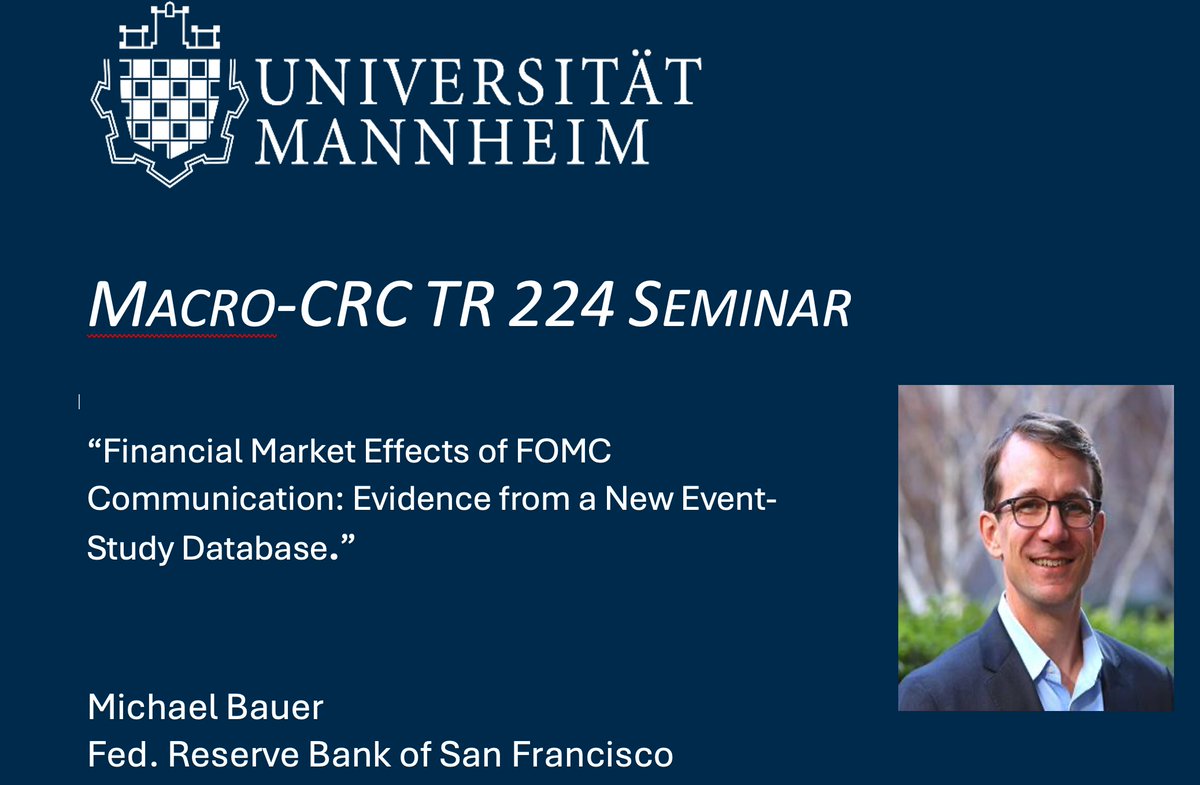Introduction
The Federal Open Market Committee (FOMC) plays a crucial role in shaping the financial landscape of the United States. Responsible for setting monetary policy, the FOMC meets regularly to assess the economy and make decisions on interest rates. Given the current economic uncertainties, understanding the outcomes of the most recent FOMC meeting is of utmost importance for investors, businesses, and policymakers alike.
Recent FOMC Meeting Insights
On September 20, 2023, the FOMC concluded its two-day meeting and left interest rates unchanged, maintaining the federal funds rate in the range of 5.25% to 5.50%. This decision reflects a cautious approach in response to mixed signals regarding the U.S. economy. The decision came as a relief to many market participants who were bracing for potential rate hikes following a series of robust economic indicators.
The committee highlighted several factors influencing its decision, including the continued strength of consumer spending and the labour market, along with persistent concerns over inflation, which remains above the Federal Reserve’s target rate of 2%. In their statement, they noted that the economy has shown resilience, yet the inflation landscape presents challenges that necessitate careful monitoring.
Market Reactions and Future Outlook
The response from the financial markets was largely positive following the meeting, with stocks rising as investors interpreted the FOMC’s stance as a sign of stability. However, analysts noted that the Fed’s updated economic projections indicate a potential for rate hikes before the end of the year, suggesting that vigilance remains essential for stakeholders as the economic climate evolves.
Additionally, the FOMC’s Summary of Economic Projections pointed to a somewhat more hawkish outlook than previously anticipated. Fed officials now expect the economy to cool modestly in 2024, which raises the possibility of future adjustments in interest rates based on inflation trends.
Conclusion
The implications of the FOMC meetings extend beyond immediate market reactions; they influence borrowing costs, consumer behaviour, and business investments. As the economy grapples with variable inflationary pressures and global uncertainties, the FOMC’s decisions will continue to be scrutinised by all sectors of the economy.
For investors, understanding the nuances of these decisions is essential for navigating the changing landscape of the financial markets. As we look ahead, staying informed about FOMC meetings and their economic forecasts will be vital for strategic planning and investment decisions in 2023 and beyond.
